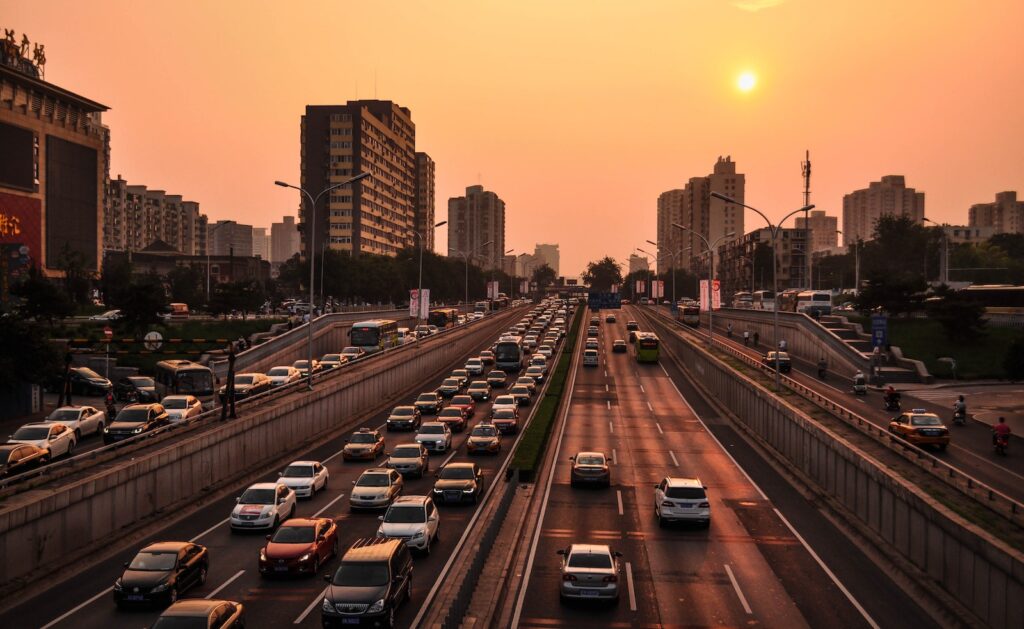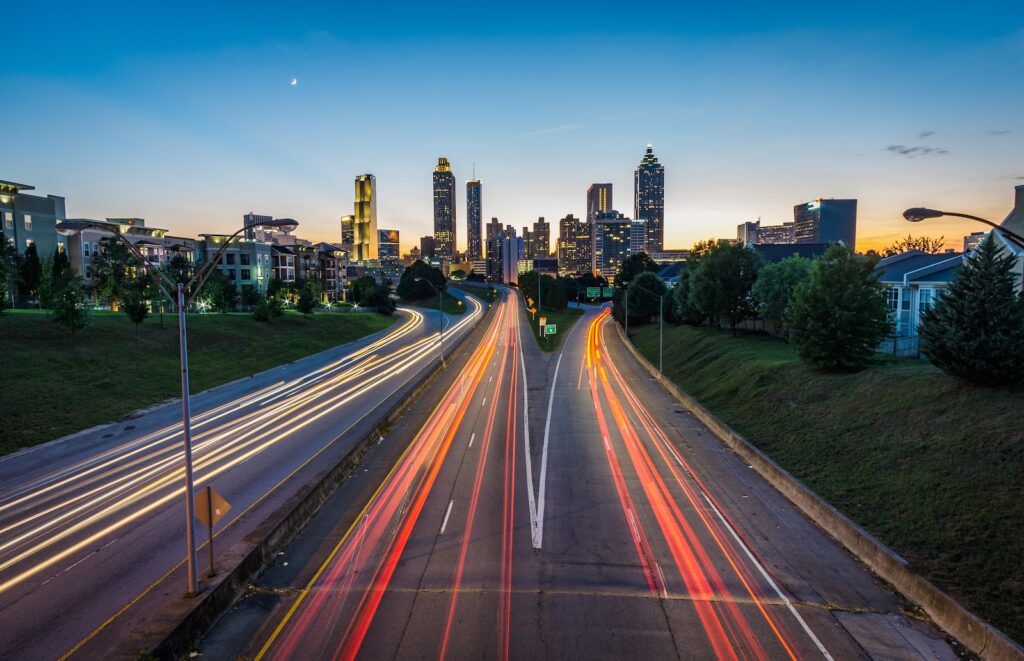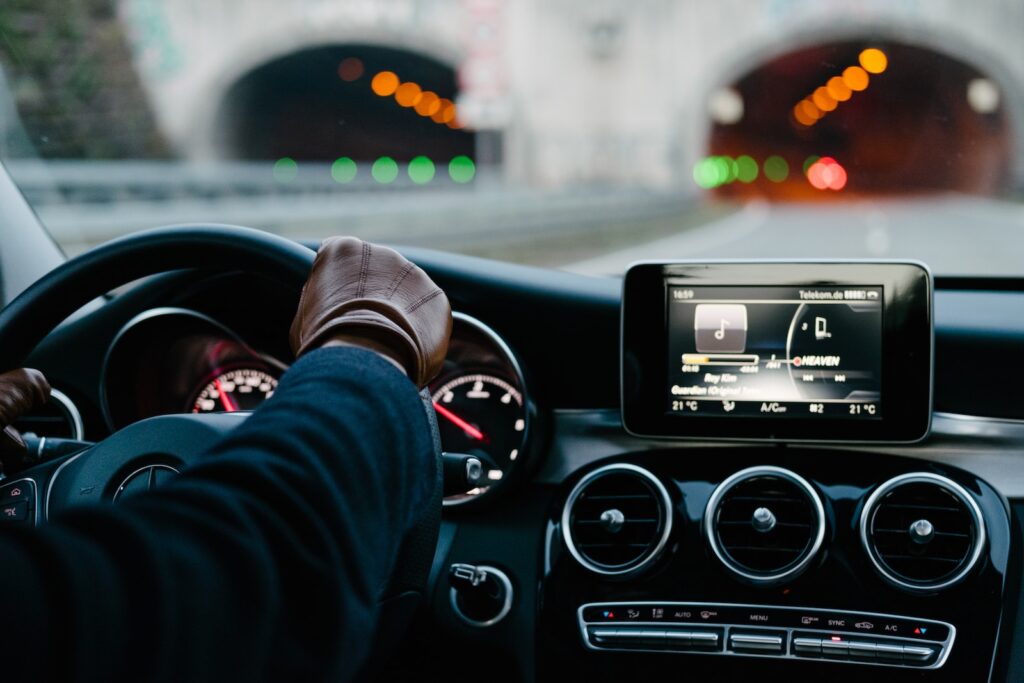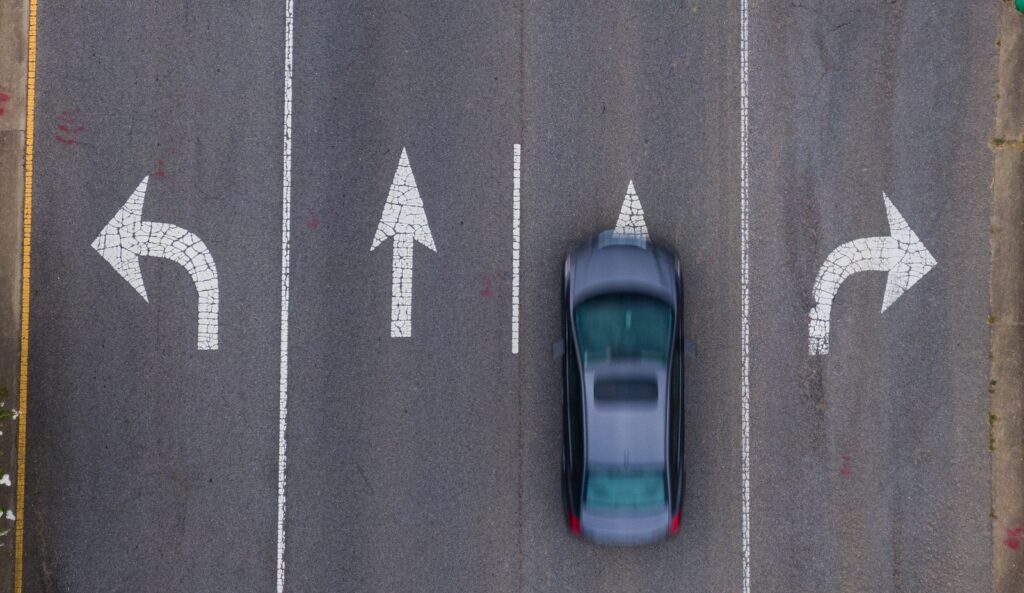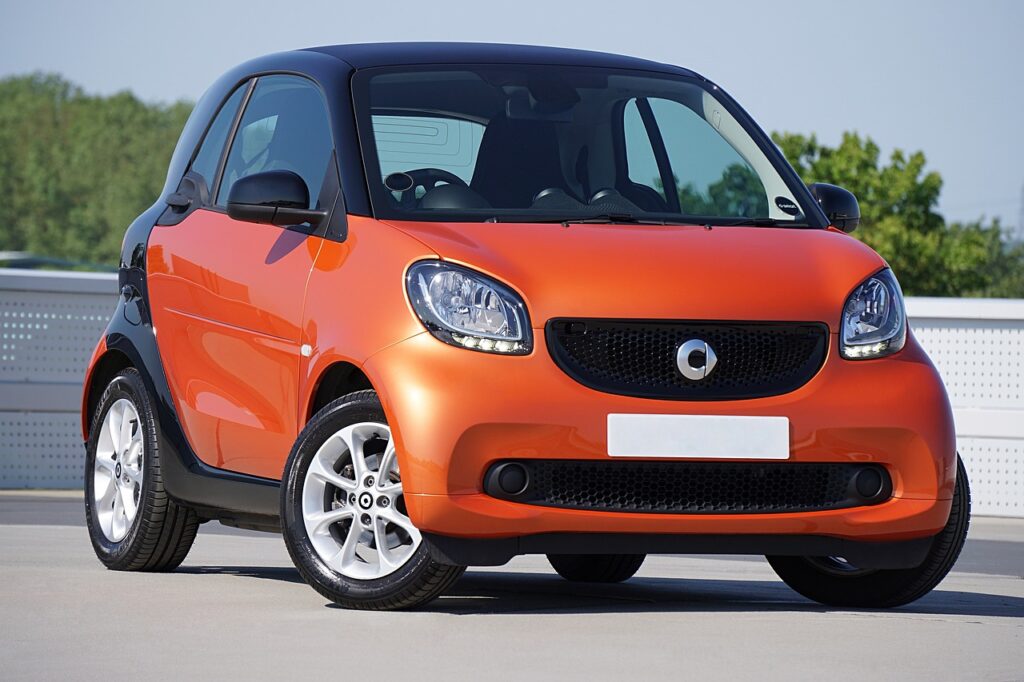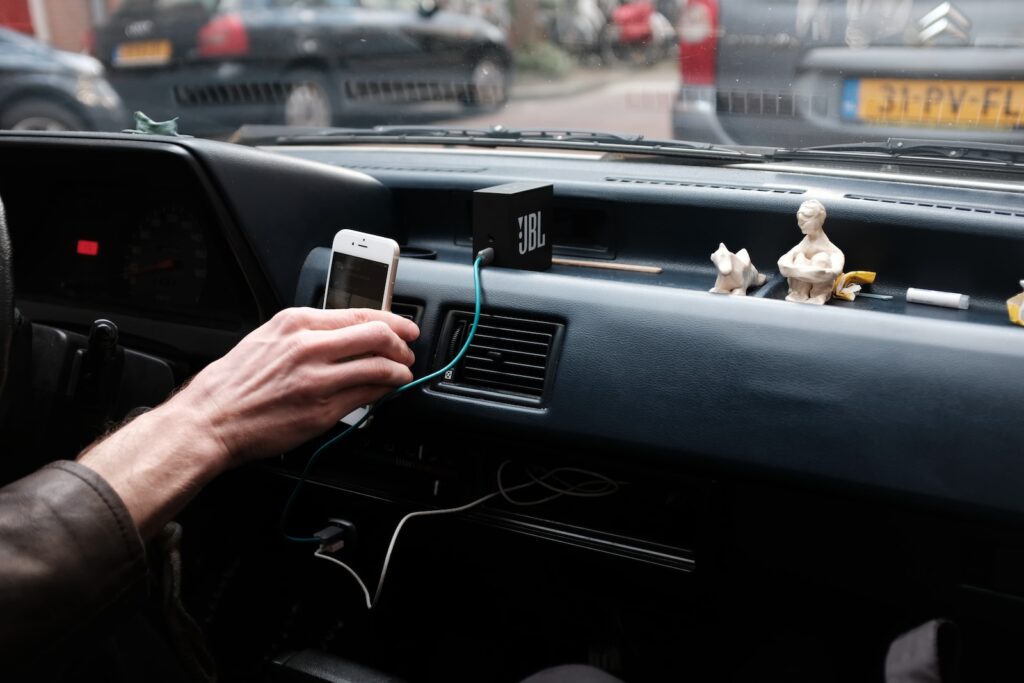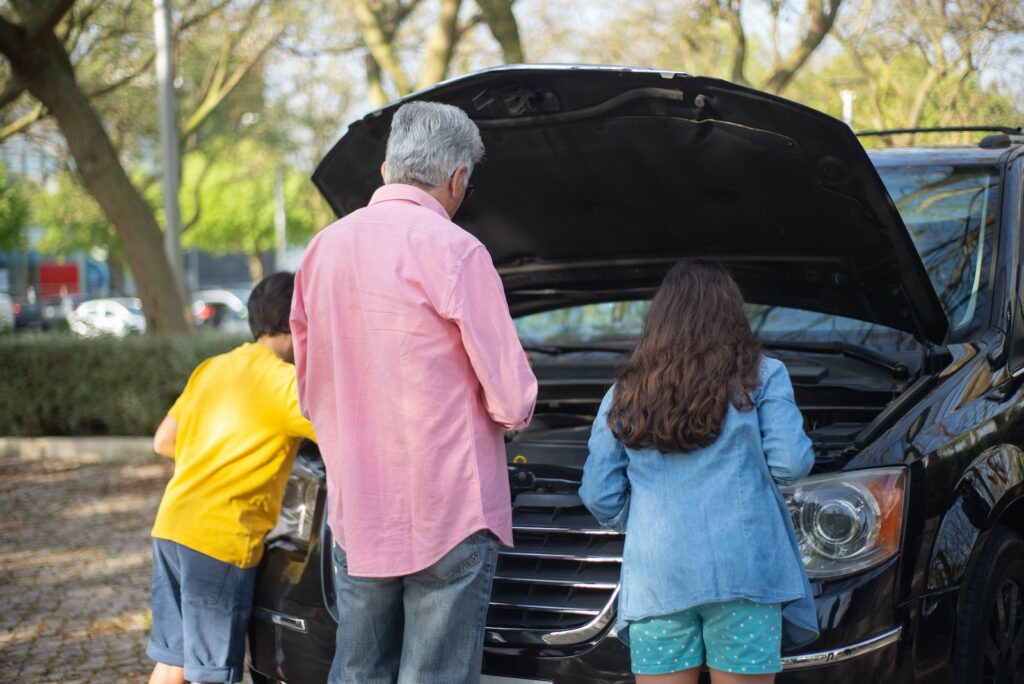Commuting traffic and rush hour are two phrases that can strike fear into the hearts of many people who work in cities. The daily commute is a necessary part of life for millions of people, but it can also be a source of stress, frustration, and even danger. Commuting during rush hour can be particularly challenging, with heavy traffic, long delays, and a higher risk of accidents.
Despite the challenges, commuting traffic and rush hour are a fact of life for many people. In many cities, rush hour traffic can add significant time to a commute, with some people spending hours each day in their cars or on public transport. This can have a major impact on quality of life, with many people feeling that they have little time for other activities outside of work. However, there are also some potential benefits to commuting during rush hour, such as the opportunity to catch up on work, listen to music or podcasts, or simply relax and unwind after a busy day.
Table of Contents
Understanding Traffic and Rush Hour
Traffic congestion during rush hour is a major problem in most cities around the world. Heavy traffic flow, long queues, and slow-moving vehicles characterize Rush hour traffic. The term “rush hour” refers to the time of day when traffic is at its peak, usually during the morning and evening hours when people are commuting to and from work.
Traffic congestion is a result of several factors, including a high volume of vehicles on the road, limited road capacity, and accidents. Rush-hour traffic creates gridlock, which occurs when vehicles are unable to move due to congestion. Gridlock can cause significant delays and frustration for drivers, and can also lead to increased air pollution and fuel consumption.
To combat traffic congestion during rush hour, many cities have implemented various measures, such as carpooling, public transportation, and flexible work schedules. Carpooling involves sharing a ride with other commuters, which reduces the number of vehicles on the road. Public transportation, such as buses and trains, can also reduce traffic congestion by providing an alternative mode of transportation for commuters.
Flexible work schedules allow employees to work during off-peak hours, which reduces the number of vehicles on the road during rush hour. Employers can also encourage telecommuting, which allows employees to work from home instead of commuting to the office.
Overall, understanding the causes of traffic congestion during rush hour is crucial for developing effective solutions to reduce gridlock and improve traffic flow. By implementing measures such as carpooling, public transportation, and flexible work schedules, cities can reduce traffic congestion and create a more efficient and sustainable transportation system.
The Impact of Commuting
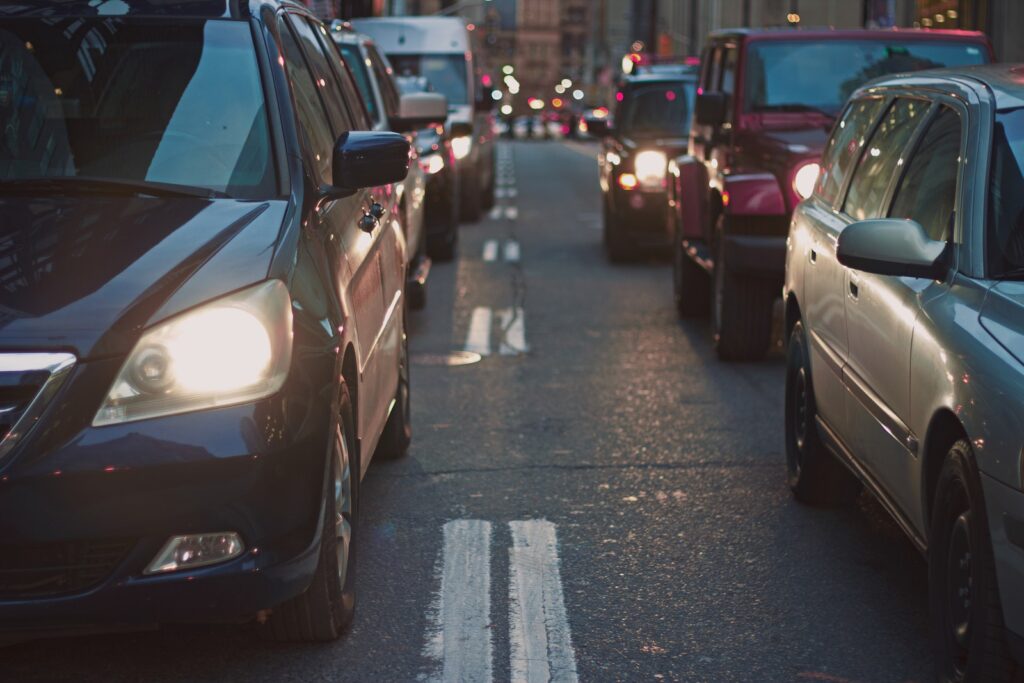
Commuting is an essential part of many people’s daily routines, but it can also have a significant impact on their overall well-being. The length of a person’s commute, the time of day they travel, and the mode of transportation they use can all affect their stress levels, productivity, and physical health.
One of the most significant impacts of commuting is the amount of time it takes. According to a study published in the Journal of Transport Geography, longer commute times have been linked to higher levels of stress, lower job satisfaction, and decreased physical activity. Another study showed that workers with longer commute times were less likely to engage in physical activity and had higher levels of obesity.
The time of day a person commutes can also have an impact. Rush hour traffic, typically in the morning and evening, can be particularly stressful and time-consuming. Studies have shown that rush hour traffic can lead to increased levels of cortisol, a hormone associated with stress, and decreased job satisfaction.
The length of a person’s commute can also impact their mental health. A study published in the Journal of Health and Social Behavior found that workers with longer commute times had higher levels of emotional exhaustion and lower levels of job satisfaction.
Departure time is another factor that can impact a person’s commute. Leaving earlier or later than usual can help avoid rush hour traffic and reduce stress levels. Some employers offer flexible work schedules or telecommuting options to help employees avoid rush hour traffic and reduce commute times.
In conclusion, commuting can have a significant impact on a person’s physical and mental health, as well as their job satisfaction and productivity. Employers can help mitigate the negative effects of commuting by offering flexible work schedules or telecommuting options, while individuals can take steps to reduce their commute times and avoid rush hour traffic.
Cities and Traffic Patterns
Commuting in cities can be a challenge, especially during rush hour. The traffic patterns in cities like San Francisco, New York, Los Angeles, Seattle, Atlanta, Dallas, Tampa, and Washington, D.C. can vary greatly depending on the time of day and location.
In metropolitan areas, rush hour traffic can be especially heavy, with commuters traveling to and from work at the same time each day. For example, in Manhattan, rush hour traffic can start as early as 6:30 am and continue until 10:00 am. Rush hour traffic in Tampa, Florida, typically occurs between 7:00 am and 9:00 am and again between 4:00 pm and 7:00 pm.
To alleviate traffic congestion during rush hour, some cities have implemented tolls and parking fees. A study from the OECD found that optimal road tolls and parking fees can help reduce traffic congestion during rush hour in linear cities and increase bicycle use by 5 to 5.8%.
In addition to tolls and fees, some cities have also implemented public transportation options to reduce traffic congestion. For example, in Minneapolis, the Metro Transit system offers bus and light rail services to commuters. In Washington, D.C., the Metro system offers subway and bus services.
Commuting patterns can also vary depending on the location of a city. For example, in Atlanta, many commuters travel from the suburbs to the city for work, resulting in heavy traffic on the highways leading into the city. In contrast, in Seattle, many commuters live within the city and utilize public transportation to get to work.
Overall, traffic patterns in cities can be complex and vary greatly depending on the location and time of day. By implementing tolls, parking fees, and public transportation options, cities can help alleviate traffic congestion during rush hour.
Transportation and Infrastructure
Transportation and infrastructure play a critical role in managing traffic congestion during rush hour. Transportation planning and infrastructure development are essential to ensure that commuters can travel efficiently and safely to their destinations.
One of the most effective ways to reduce traffic congestion during rush hour is to encourage the use of public transit. Public transit systems, such as buses and trains, can transport large numbers of people efficiently and quickly. Governments can invest in public transit infrastructure to make it more convenient and accessible for commuters.
Bike lanes are another infrastructure development that can help alleviate traffic congestion during rush hour. Bike lanes provide a dedicated space for cyclists, reducing the number of vehicles on the road. This infrastructure development can encourage more people to cycle to work, reducing the number of cars on the road and traffic congestion during rush hour.
Check our article about the commuting trends on how transportation habits are evolving.
Investing in transportation infrastructure is essential to ensure that commuters can travel safely and efficiently. Governments can invest in infrastructure projects such as road widening and bridge construction to reduce traffic congestion during rush hour. These infrastructure developments can help reduce travel times and make commuting more convenient for commuters.
Overall, transportation planning and infrastructure development are essential to managing traffic congestion during rush hour. Governments can invest in public transit, bike lanes, and road infrastructure to make commuting more efficient and convenient for commuters.
The Role of Data in Traffic Analysis
Traffic analysis is the study of traffic flow, congestion, and other related phenomena. It is essential for planning and managing transportation systems, especially during peak hours. Data plays a crucial role in traffic analysis, as it provides insights into traffic patterns, volume, and speed.
Traffic data can be collected through various methods, including manual counting, video surveillance, and automatic sensors. Manual counting involves physically counting the number of vehicles passing through a particular point. Video surveillance involves using cameras to capture traffic data, while automatic sensors use electronic devices to detect and record traffic flow.
The collected data is then analyzed to identify traffic patterns, peak hours, and congestion points. This analysis can help transportation planners and managers make informed decisions about traffic management strategies, such as road widening, signal timing, and public transportation options.
Real-time traffic data is becoming increasingly important in traffic analysis. This data is collected through various sources, including GPS devices, mobile phones, and social media. Real-time data can provide up-to-date information about traffic conditions, which can be used to adjust traffic management strategies on the fly.
Overall, data plays a critical role in traffic analysis, providing insights into traffic patterns, volume, and speed. With the increasing importance of real-time data, transportation planners and managers can make informed decisions about traffic management strategies, improving traffic flow and reducing congestion during peak hours.
Remote Work and Its Effect on Traffic

The rise of remote work and work-from-home policies has had a significant impact on traffic patterns, particularly during rush hour. With fewer people commuting to physical workplaces, traffic congestion during peak hours has decreased, leading to shorter commute times and reduced emissions.
During the COVID-19 pandemic, many companies shifted to remote work in order to protect their workforce and comply with government regulations. This new normal has led to a significant decrease in rush hour traffic, as more people work from home and avoid commuting altogether.
In addition to reducing traffic congestion, remote work has also had a positive impact on the environment. With fewer cars on the road, there has been a significant decrease in emissions, helping to improve air quality in many areas.
While remote work has been a boon for many workers, there are also some challenges. For example, not everyone has access to a home office or the necessary technology to work remotely. Additionally, some workers may struggle with the lack of face-to-face interaction and the blurring of boundaries between work and home life.
Despite these challenges, remote work is likely to continue to be a popular option for many workers in the future. As companies continue to embrace flexible work arrangements, the workforce will continue to evolve, and rush-hour traffic patterns may never return to their pre-pandemic levels.
Overall, remote work has had a significant impact on traffic patterns and commuting behavior, with both positive and negative effects. As the workforce continues to evolve, it will be interesting to see how remote work and flexible work arrangements continue to shape our daily lives.
Read more about the rise of remote work in our article The Rise of Remote Work and Travel: Balancing The Best of 2 Worlds – Productivity and Wanderlust
The Environmental Impact of Rush Hour
Commuting during rush hour can have a significant impact on the environment. The high volume of cars on the road during peak hours leads to increased pollution and fuel consumption.
Cars emit pollutants such as carbon monoxide, nitrogen oxides, and particulate matter, which can have harmful effects on both the environment and human health. Rush-hour traffic exacerbates these emissions, as cars are forced to idle and accelerate frequently, leading to higher levels of pollution.
In addition to pollution, rush hour traffic also leads to increased fuel consumption. Cars in stop-and-go traffic use more fuel than those traveling at a consistent speed, leading to increased greenhouse gas emissions and contributing to climate change.
One solution to reduce the environmental impact of rush hour traffic is to encourage alternative modes of transportation, such as public transit, biking, or walking. These modes of transportation produce fewer emissions and use less fuel, making them more environmentally friendly.
Another solution is to encourage carpooling or telecommuting, which can reduce the number of cars on the road during rush hour. Carpooling and telecommuting can also reduce individual fuel consumption and save commuters money on gas.
Overall, rush hour traffic has a significant impact on the environment through increased pollution and fuel consumption. Encouraging alternative modes of transportation and reducing the number of cars on the road during peak hours can help mitigate this impact.
Traffic Management Strategies
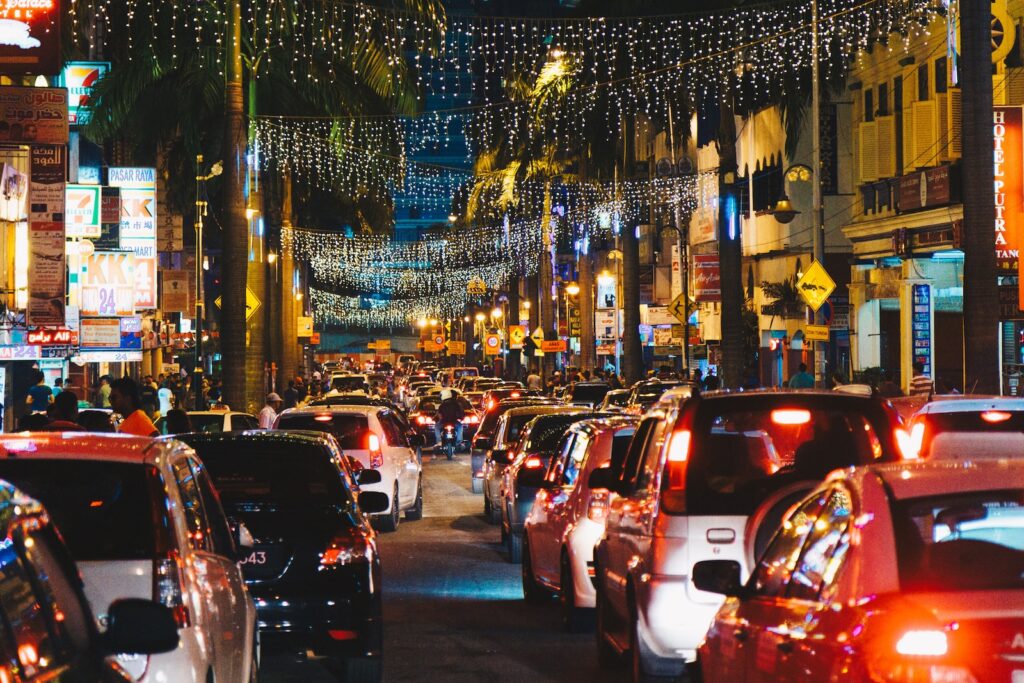
Traffic management strategies aim to reduce congestion and improve the flow of traffic during peak hours. These strategies can take various forms, including congestion pricing, expressways, and incentivizing commuters to avoid rush hour.
Congestion Pricing
Congestion pricing is a strategy that involves charging drivers for entering congested areas during peak hours. The goal is to reduce the number of cars on the road and encourage the use of public transportation. Cities such as London, Singapore, and Stockholm have implemented congestion pricing successfully, resulting in reduced traffic congestion and improved air quality.
Expressways
Expressways are highways designed to accommodate high volumes of traffic. They often have multiple lanes and limited access points, allowing for faster travel times. However, expressways can also contribute to congestion, as they may attract more drivers and encourage longer commutes.
Incentivizing Commuters
Incentivizing commuters to avoid rush hour is another traffic management strategy. This can involve offering rewards, such as discounts on tolls or parking fees, to those who travel during off-peak hours. Studies have shown that incentives can effectively reduce rush hour traffic and improve travel times.
Overall, traffic management strategies can help alleviate congestion and improve the flow of traffic during peak hours. However, each strategy has its advantages and disadvantages, and the effectiveness of these strategies may vary depending on the location and context.
The Future of Commuting, Traffic, and Rush Hour
The future of commuting, traffic, and rush hour is likely to be shaped by a number of factors, including advances in technology, changes in commuting patterns, and investments in transportation infrastructure. One of the most significant trends in recent years has been the rise of smartphones and mobile technology, which has made it easier for commuters to stay connected and informed while on the move. This trend is likely to continue, with more and more commuters using smartphones and other mobile devices to plan their routes, check traffic volumes, and stay up-to-date on delays.
Another important factor that is likely to shape the future of commuting is the ongoing shift away from traditional modes of transportation, such as cars and buses, and towards alternative modes like cycling and walking. This trend is being driven by a number of factors, including concerns about traffic volumes and vehicle miles traveled (VMT), as well as a growing interest in healthier, more sustainable forms of transportation.
Investment in transportation infrastructure is also likely to play a key role in shaping the future of commuting, traffic and rush hour. Governments and transportation authorities around the world are investing heavily in new technologies and infrastructure projects designed to improve traffic patterns and reduce delays. These investments include everything from new highways and bridges to advanced traffic management systems and smart city initiatives.
Overall, the future of commuting, traffic, and rush hour is likely to be shaped by a combination of these and other factors, as commuters and transportation authorities work together to create a more efficient, sustainable, and enjoyable commuting experience for everyone.
FAQ
What is the meaning of rush hour traffic?
Rush hour traffic refers to the periods of heavy congestion on roads, highways, and public transportation systems during specific times of the day. These periods typically occur in the morning and late afternoon or early evening when people are commuting to and from work, school, or other daily activities.
What is the most traffic hour?
The two most common peak traffic times are 7–9 AM and 5–7 PM.
What time of day is traffic slowest?
The most common times of the day when traffic is slowest are earlier than 7:00 AM or after 8:00 PM.
What time is rush hour UK?
The rush hours on UK roads are often between 7 PM and 10 PM – then from 4 PM to 7 PM

